9 mistakes you’re making when planting grass seed
Have you made any of these common mistakes when planting grass seed?
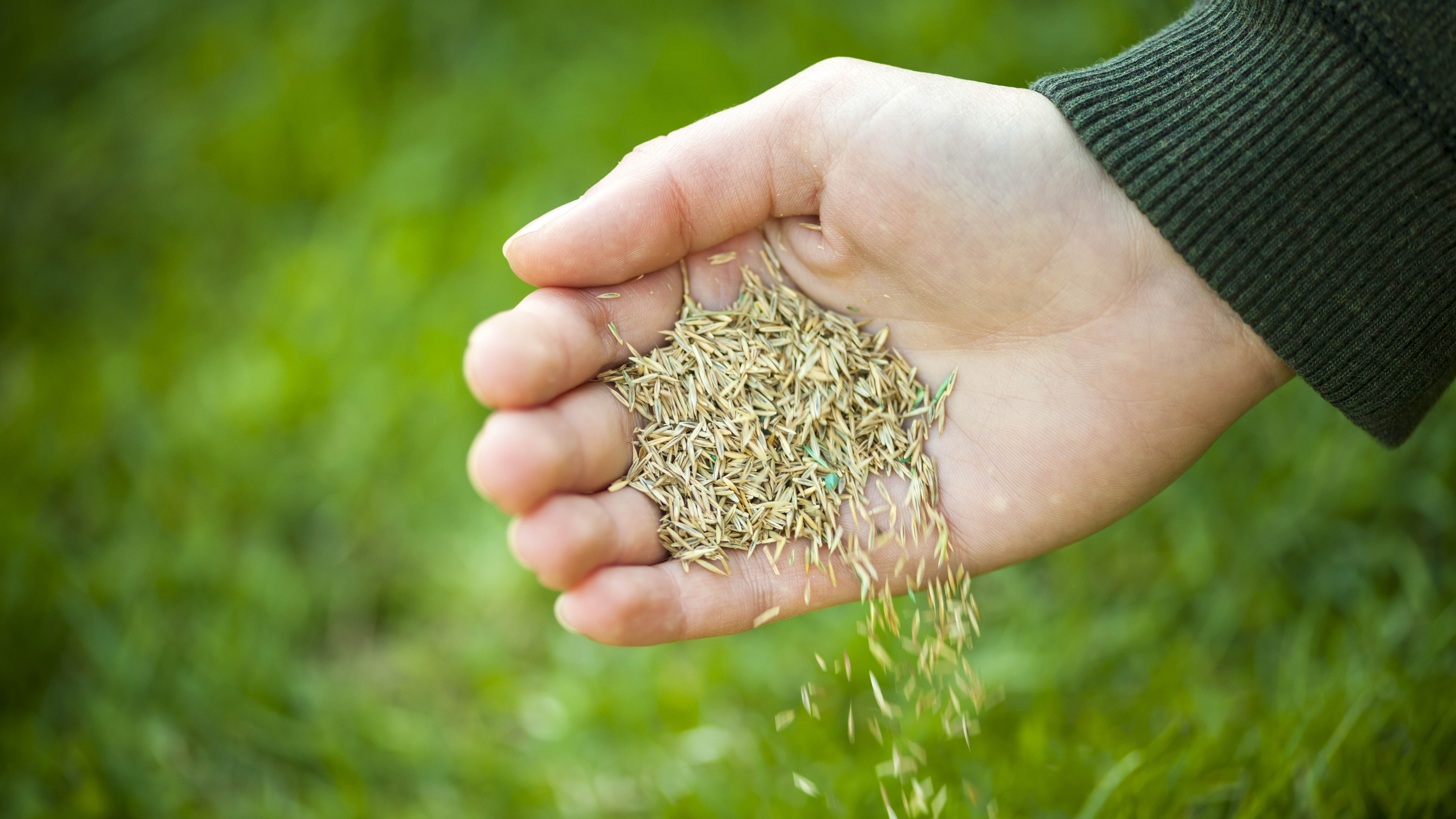
When it comes to lawn care, one chore many of us take on ourselves is planting grass seed. Whether you’re patching up bare spots or opting for a whole new lawn, planting grass seed is a rewarding process — it’s one of the ways you can make your grass greener.
But, even if you’ve taken the time to learn how to plant grass seed, there are still several pitfalls even seasoned gardeners can make.
Make any of these common mistakes, and you risk jeopardizing the entire process and wasting your efforts. And this is easier to do than you’d think — things can go wrong from preparation and application all the way to aftercare.
If you want to steer clear of such errors, we’ve broken down 9 common mistakes everyone makes when planting grass seed. Avoid these and you will give your grass seed the best chance to turn into a lush lawn.
Want to plant grass seed on a smaller scale? Here's how to overseed your lawn in the fall and when to do it. Plus, I just learned this quick tip to make reseeding your lawn much easier.
1. Choosing the wrong grass seed
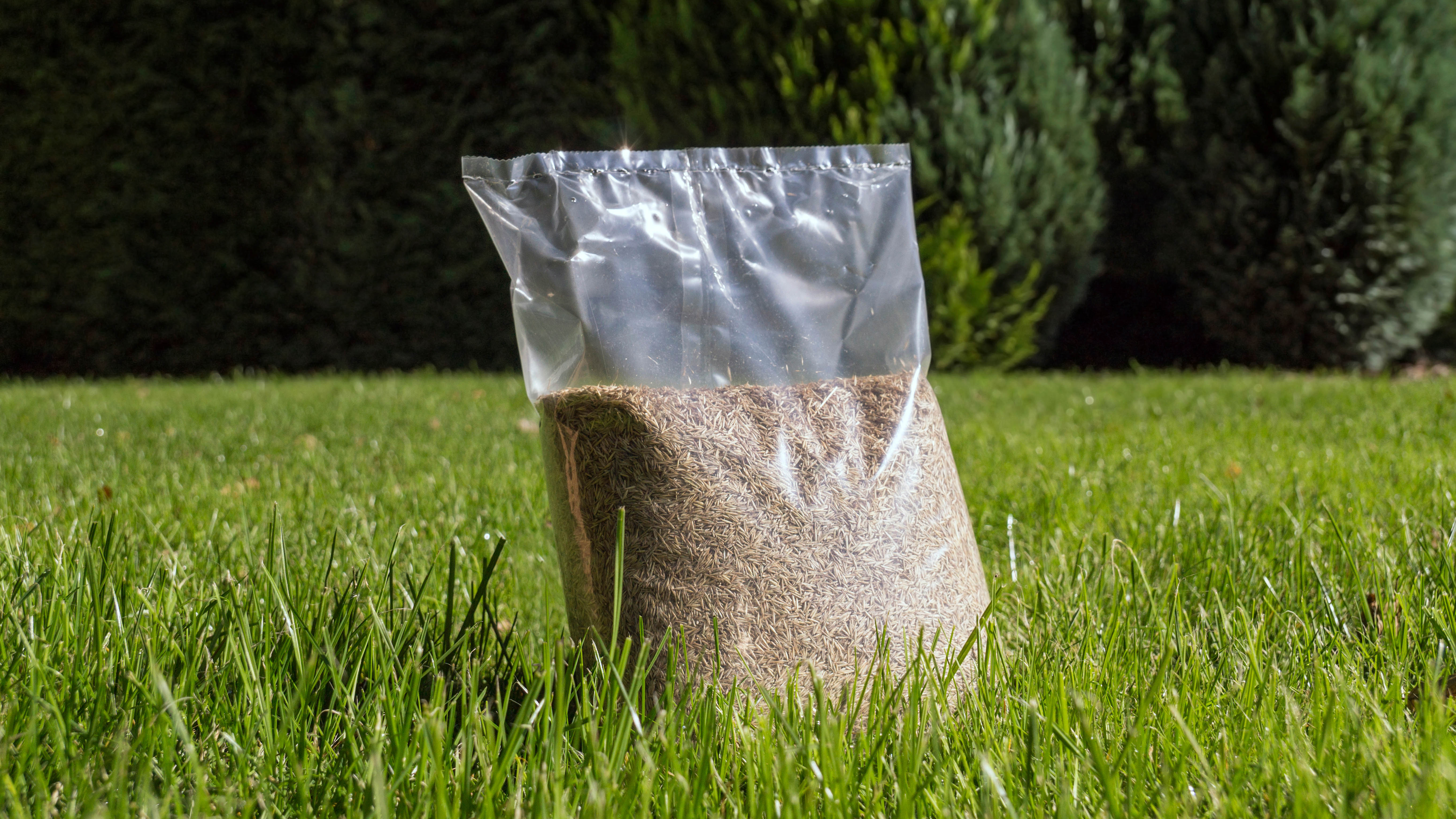
The first thing you need to know is there are actually different types of grass seed you can grow. Depending on where you live, some will grow better than others.
There are cool-season grasses as well as warm-season grasses. Cool-season grasses grow best in northern states, while warm-season works best in southern states. Traditional grasses are ideal in central states. You can always ask for guidance on which type will best suit your region at your local garden center.
Sign up to get the BEST of Tom's Guide direct to your inbox.
Get instant access to breaking news, the hottest reviews, great deals and helpful tips.
Once you know this, you can shortlist suitable types of grass seed within your category and decide between those. Each will offer different characteristics — some prefer alternative pH levels, and others are more hardy. Consider what would best suit the conditions of your yard and soil, and go from there.
It’s important that you take grass seed type into consideration. By growing a grass seed which isn’t suited to your region, you'll hinder its growth before you’ve even started.
2. Forgetting to remove debris and weeds
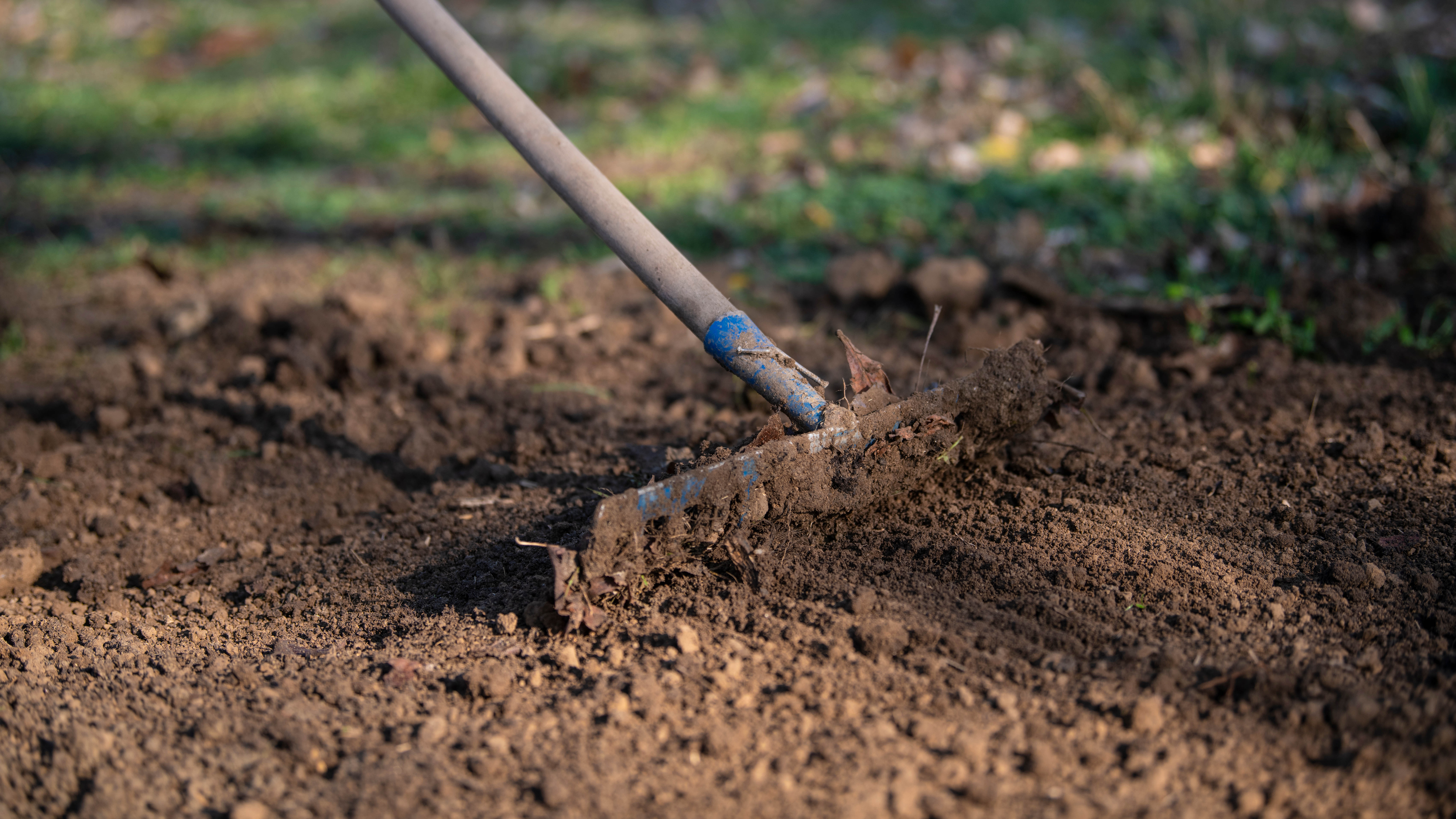
You need to ensure your yard is properly prepared before you get sowing as well. One step many forget to take is removing large debris from the soil, including the likes of rocks and wood. If these aren’t removed, they will occupy valuable space in the soil which your grass seed requires, impacting its growth down the line. You should also dethatch your lawn, to remove any dead or dried grass. A regular rake will help you take care of this.
If you're planting grass seed in an area where there was none before, you'll want to till the soil to a depth of about 3 inches.
Remember to remove any weeds from the soil before you plant your grass seed as well, though avoid using chemical weed killers at all costs — the chemicals can hang around in the soil for some months after and stop your grass seeds from germinating. Don't forget to work fertilizer into the soil to help with growth though.
Check out our guides on how to remove crabgrass and how to get rid of dandelions.
3. Not testing the soil
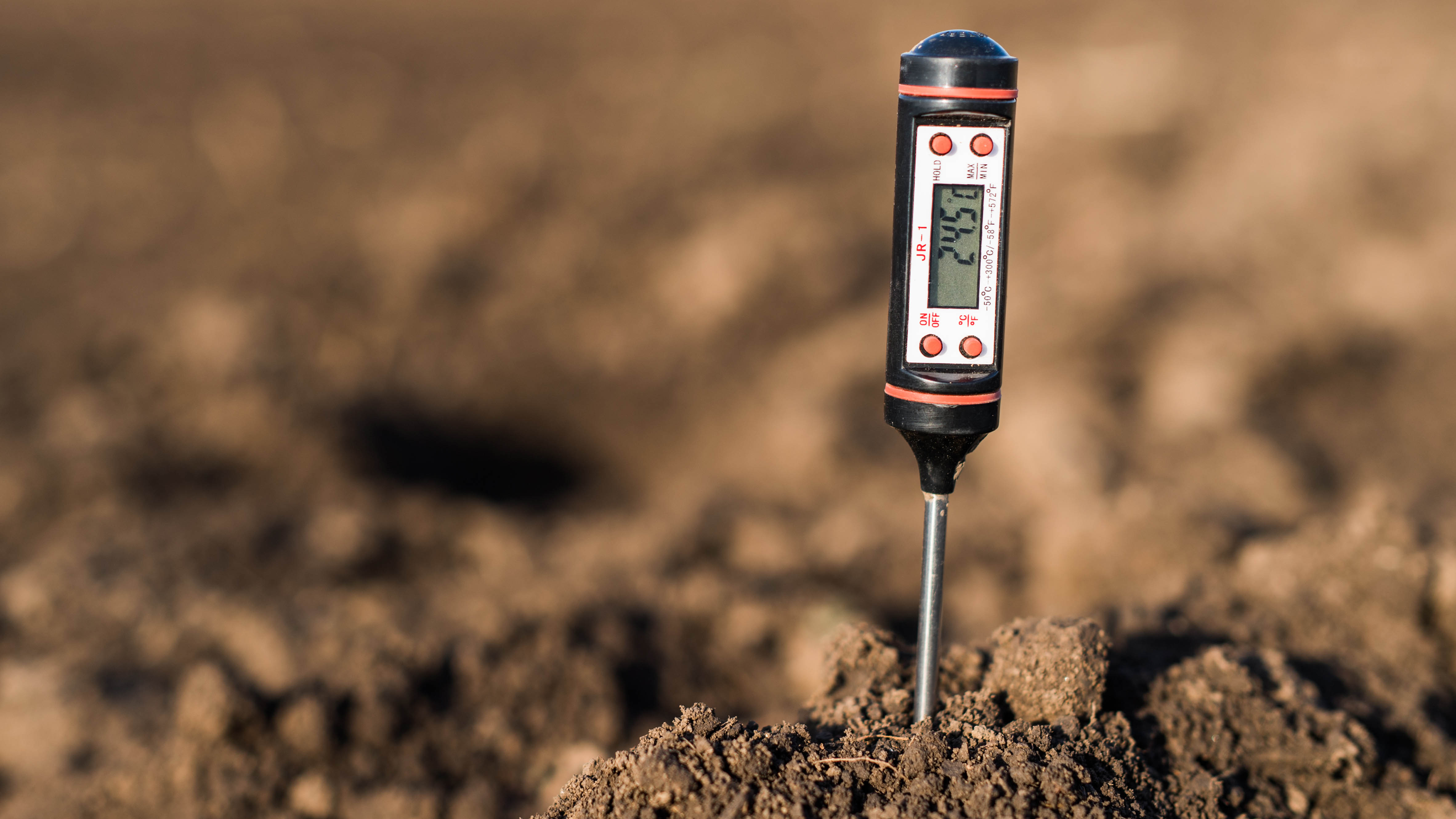
Once you’ve tilled your soil and removed any unwelcome weeds, you’re still not quite ready to plant your grass seed. It’s essential that you use a soil test first to confirm the conditions. An example of this would be the MySoil Soil Test Kit ($29.99, Amazon). In using a soil test kit, you get an exact breakdown on the composition of your soil — you can confirm the pH level as well as specific nutrient levels including nitrogen, phosphorus and potassium.
Once you’ve got your results, you can make any necessary adjustments to get your soil up to scratch. The preferred pH level will depend on your specific grass seed, but most prefer a slightly acidic to neutral level of 6.5-7. Fail to check the soil, and you risk growing your grass seed in subpar conditions.
4. Planting too much or too little
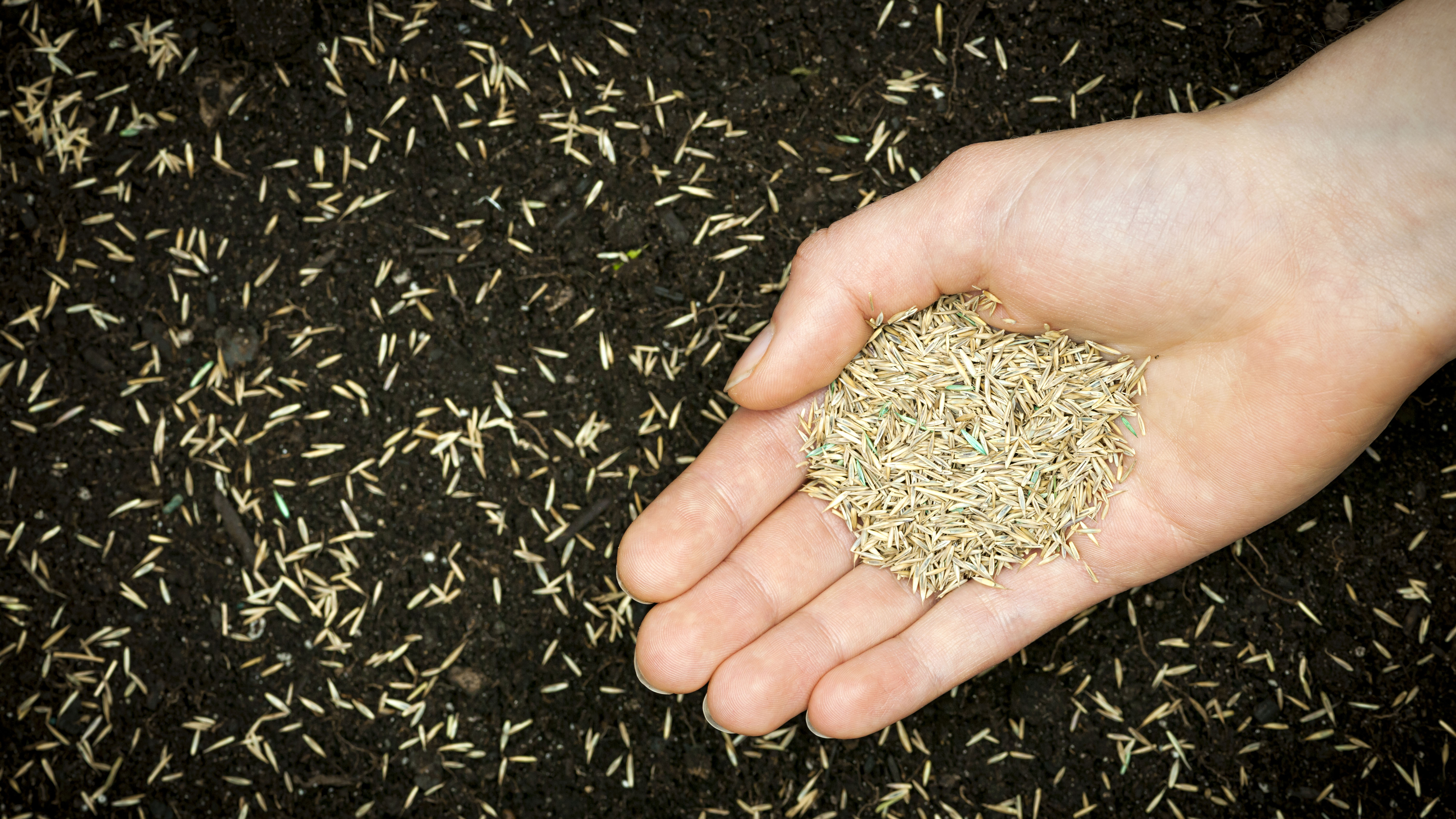
Sowing your grass seed can be a daunting task, and for good reason — make a mistake here and it will directly impact the appearance of your lawn. Whatever you do, don’t over-apply grass seed. You might consider this as a sure-fire way of getting a full lawn, but the seeds can end up competing with one another for light and nutrients, preventing growth as well as effectively wasting grass seed. At the same time, don’t be stingy with your application, otherwise your lawn can appear thin and sparse.
If you want to ensure the best application and rate of growth from your grass seed, follow the recommended seeding rate on the packet. Make sure you measure out your lawn exactly to calculate the amount required and use a dedicated spreader for even distribution, such as the Scotts Turf Builder EdgeGuard DLX Broadcast Spreader ($77, Amazon). We only recommend sowing by hand if you’re covering a small area. If you follow this guidance, it’s difficult to make this mistake.
5. Not planting at the right depth
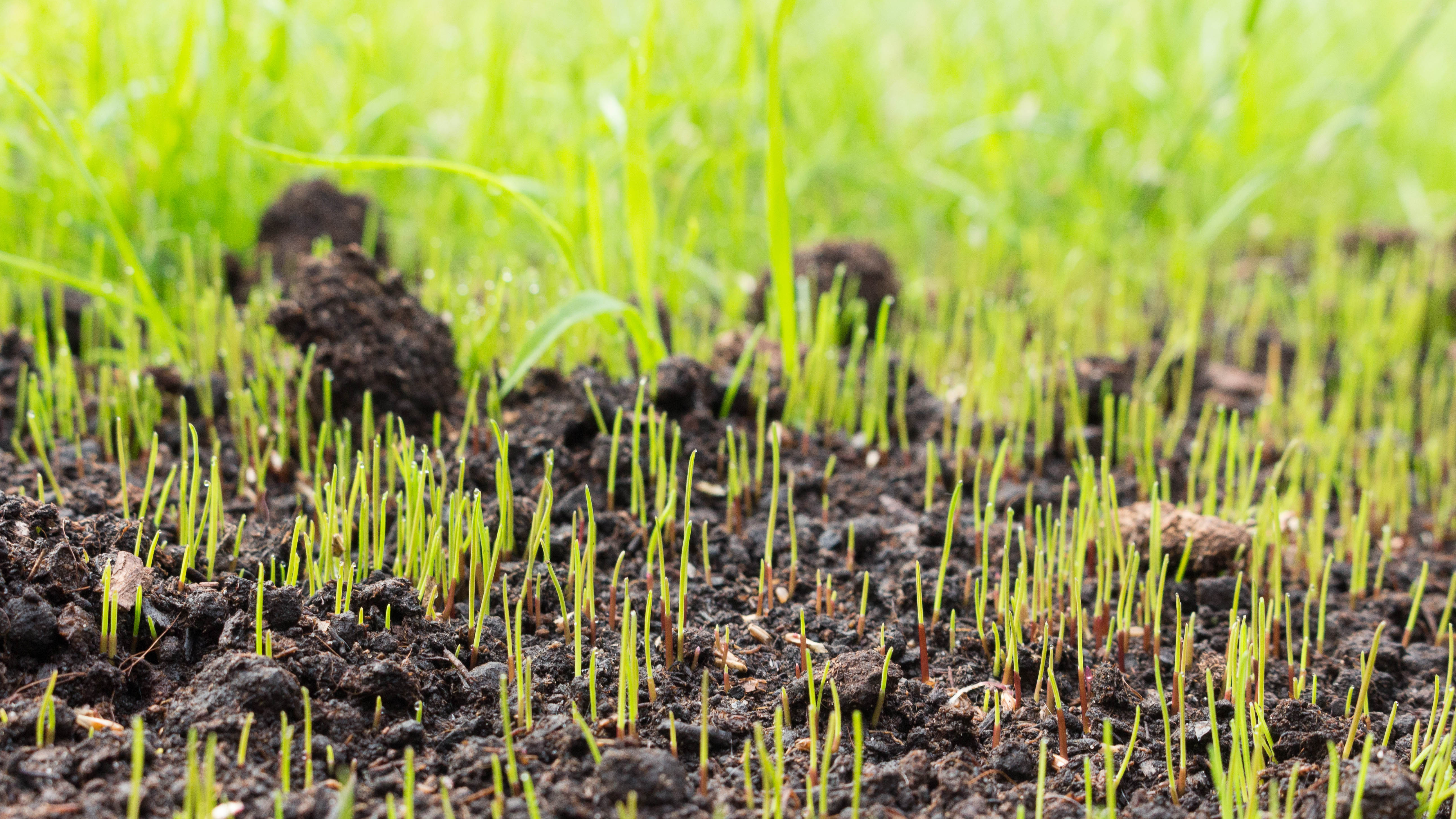
Once your seeds are down, you need to gently cover them with soil so they’re in place for germination. But, you need to make sure they’re at the correct depth for the best results. Bury your grass seed too deep and it won't have access to the necessary sunlight and oxygen to grow. Bury it too close to the surface and there’s a lack of moisture, plus birds can easily make a meal of it.
The correct depth for grass seed is about ¼ inch deep. If you’re worried about the wind blowing your seeds away, you can always apply mulch on top to weigh them down — this can help maintain warmth if conditions are particularly chilly as well.
6. Over- or under-watering
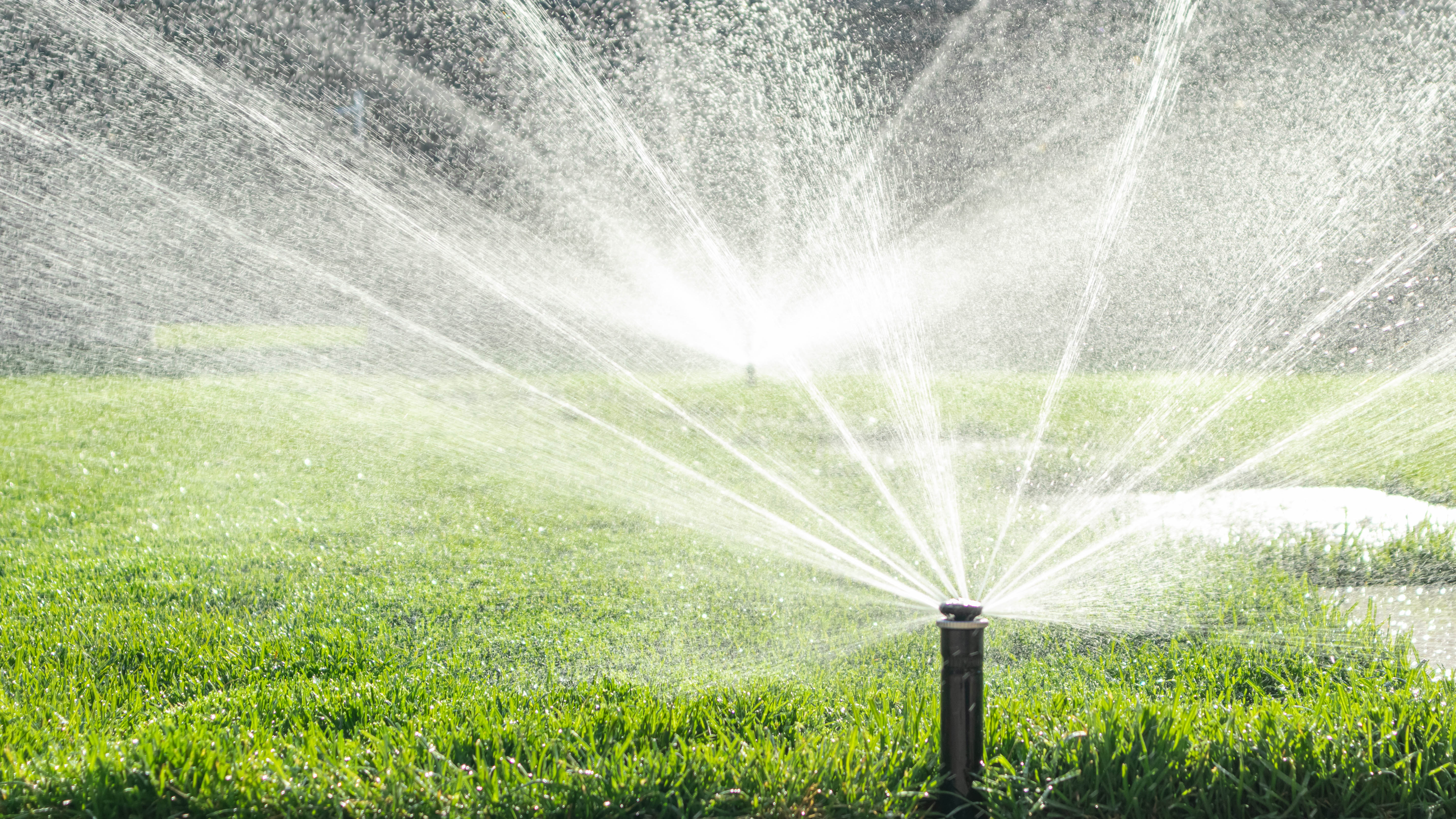
The work doesn’t stop here either. Your grass seed will need lots of attention to grow, particularly while it’s young, and over- or under-watering is a key mistake many make. Your grass seed will thrive in moist soil at first, but it should never be sopping wet. Achieving this balance is essential, otherwise you can easily drown the seeds or even wash them away. Aim to water your fresh grass seed 1-2 times per day. Be sure to keep up with this — a lack of moisture will dry out the seeds and deter growth.
Once your grass has sprung and has reached 1-2 inches in height, it’s a little more hardy and you can start to cut back on watering. When mature, grass requires about an inch of water a week — here’s how much you should water your lawn to keep it green according to the experts.
7. Planting grass seed at the wrong time
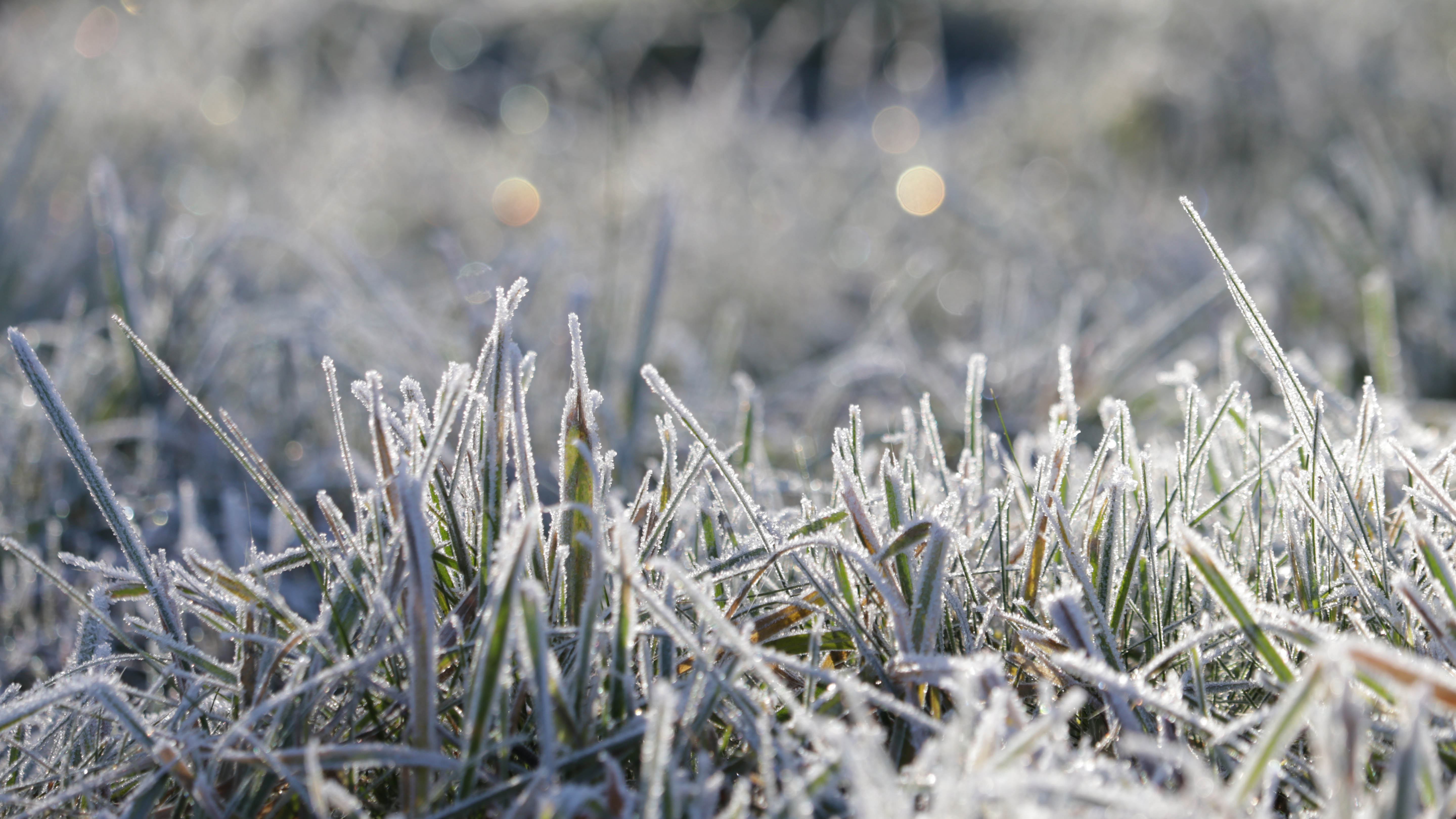
Timing is everything with grass seed — plant it at the wrong time and you could impact its growth. Cool-season grass types are generally grown in the early spring or fall, while warm-season grasses prefer mid-spring to early summer. Always refer to your packet instructions to be sure. Check the final frost has fallen as well — frost will kill any seeds which have already sprouted.
Don’t plant grass seed immediately after heavy rain. The excess moisture could encourage disease and the waterlogged soil won't be easy to work with. Don’t spread grass seed while it’s raining either — it can be washed away and displaced resulting in uneven distribution. Always account for the rain when you water your grass seed.
8. Not aerating your soil
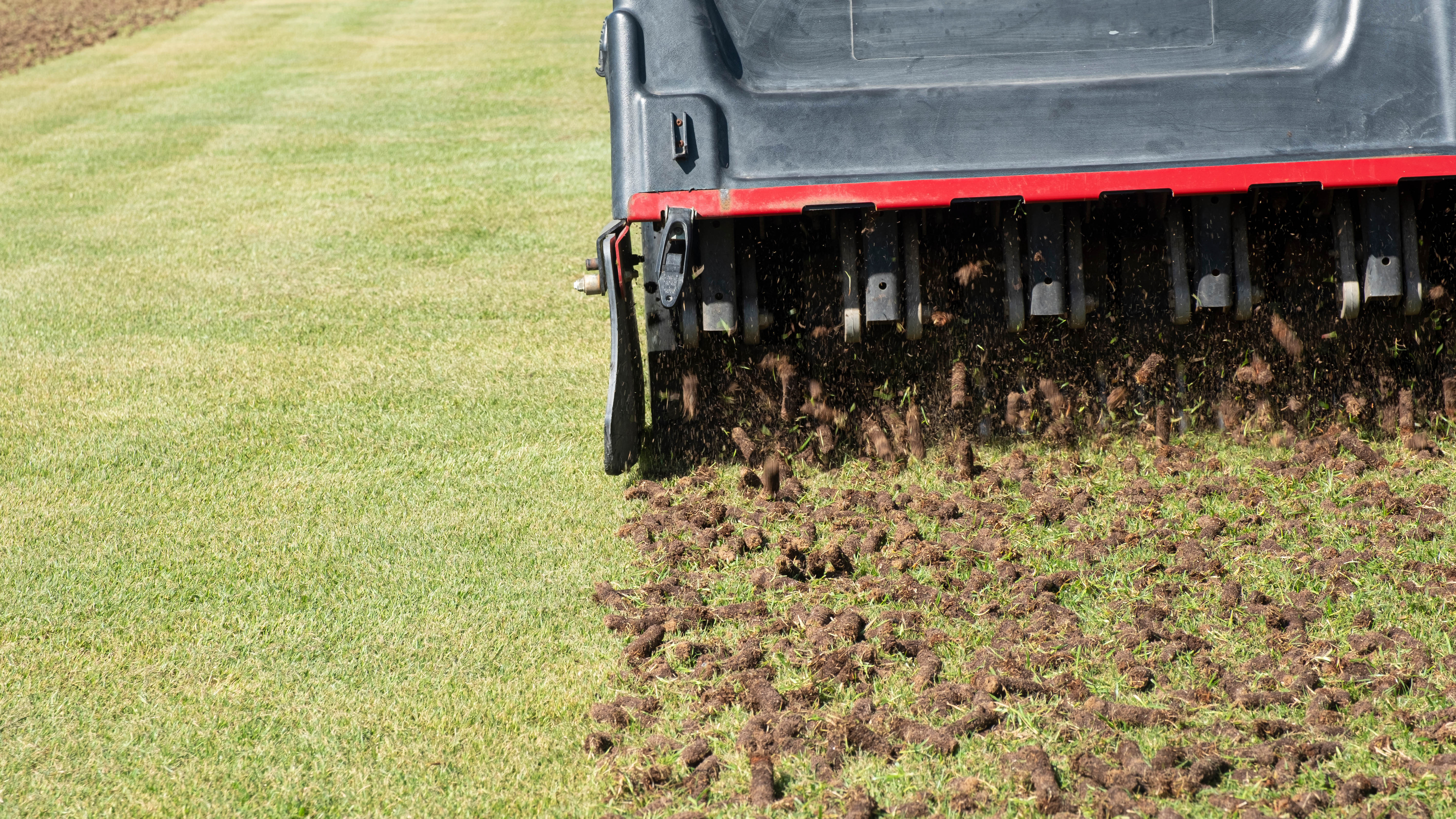
Grass seed is going to be most effective if the soil you're planting in is correctly aerated. If you've not come across this term before, it means essentially puncturing the ground to allow better air circulation through the soil.
Aerating the soil counteracts the effects of daily footfall and other compresses, which prevent proper circulation of air, water and nutrients. It also stops excess lawn thatch or other debris from building up under the grass surface that can starve its roots.
You can aerate a lawn by hand although we'd recommend a machine to make the job easier. The good news is that you don't need to do it often. Once a year should be sufficient for lawns that suffer a heavy footfall.
Check out our guide on how to aerate a lawn for more information.
9. Forgetting to apply fertilizer
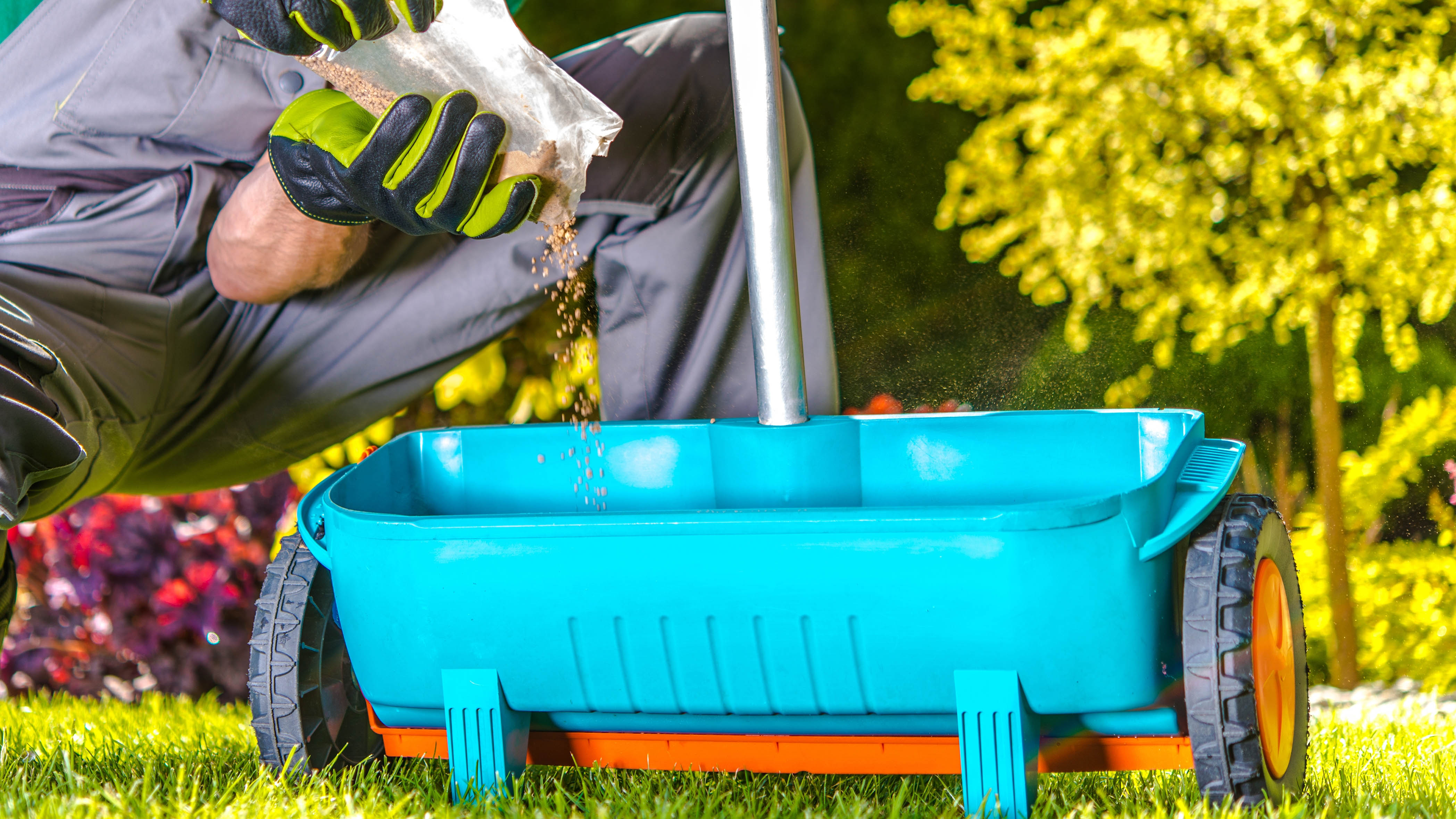
Applying a good fertilizer to your lawn isn't something to do straight away after laying your grass seeds, but it's important to mark it in the calendar for the future. Most experts recommend a minimum of two applications of fertilizer a year for slow-release fertilizers, but you may need to add more if your lawn receives a lot of wear and tear.
If you want to apply your fertilizer more regularly, according to Scotts, best practice is to feed the grass both in early and late spring, as well as in the summer and the fall.
So your first feeding would be between February-April, followed by April-June, then June-August and finally August-November.
We've got more information on how often you should fertilize your lawn right here, but the key thing is just not to forget!
More from Tom's Guide

Katie Mortram used to be a Homes Editor for Tom's Guide, where she oversaw everything from kitchen appliances to gardening tools, as well as smart home tech. Specializing in providing expert advice for cleaning and home manintenance, she now works as Household Advice Editor for Good Housekeeping.
-
stickspj Retired golf course superintendent, yes turfgrass roots need O² to function properly. All green plant roots require O² for the plant to be vibrant and healthy.Reply -
mjb84 Oh give over, as a plant biologist - with respect you're talking nonsense. A plant does not require oxygen, particularly at germination the roots do not establish in the rhizosphere until later - is a tenuous link of oxygen dependent processes of associated microbes, yes beneficial to plants, required... Absolutely not.Reply -
stickspj Reply
LMAO. you need to get out of the lab and get some practical hands on experience actually growing plants to know how important oxygen is to the root system and it's affect to the health of green plants. I have a BS in Horticulture and 40 years of experience growing turfgrass and all other plants from the turf to native areas. You are an inexperienced pup.mjb84 said:Oh give over, as a plant biologist - with respect you're talking nonsense. A plant does not require oxygen, particularly at germination the roots do not establish in the rhizosphere until later - is a tenuous link of oxygen dependent processes of associated microbes, yes beneficial to plants, required... Absolutely not.
